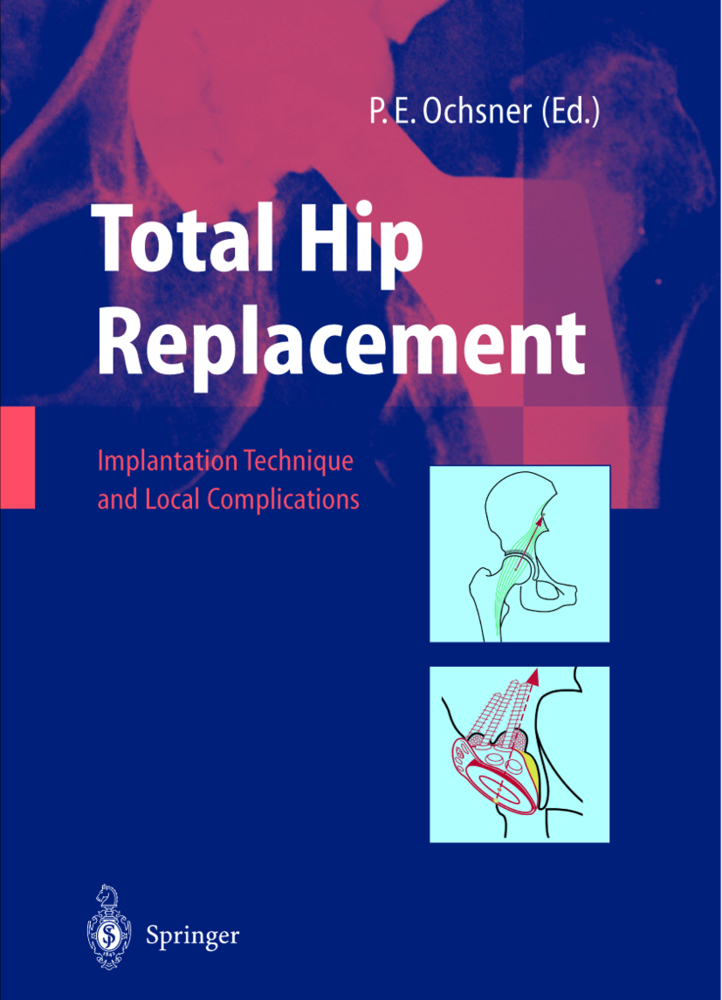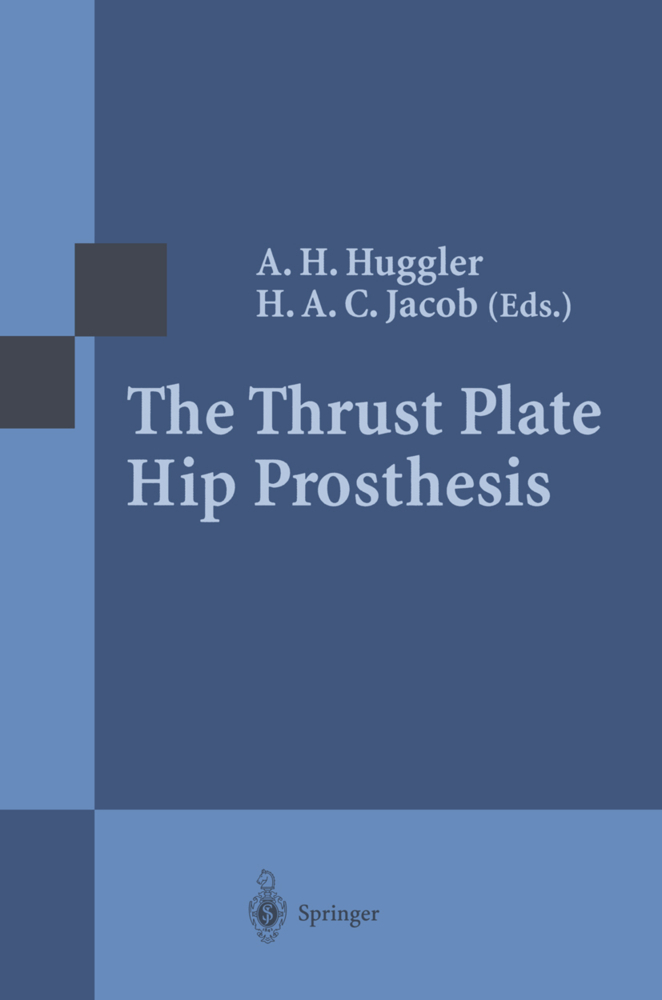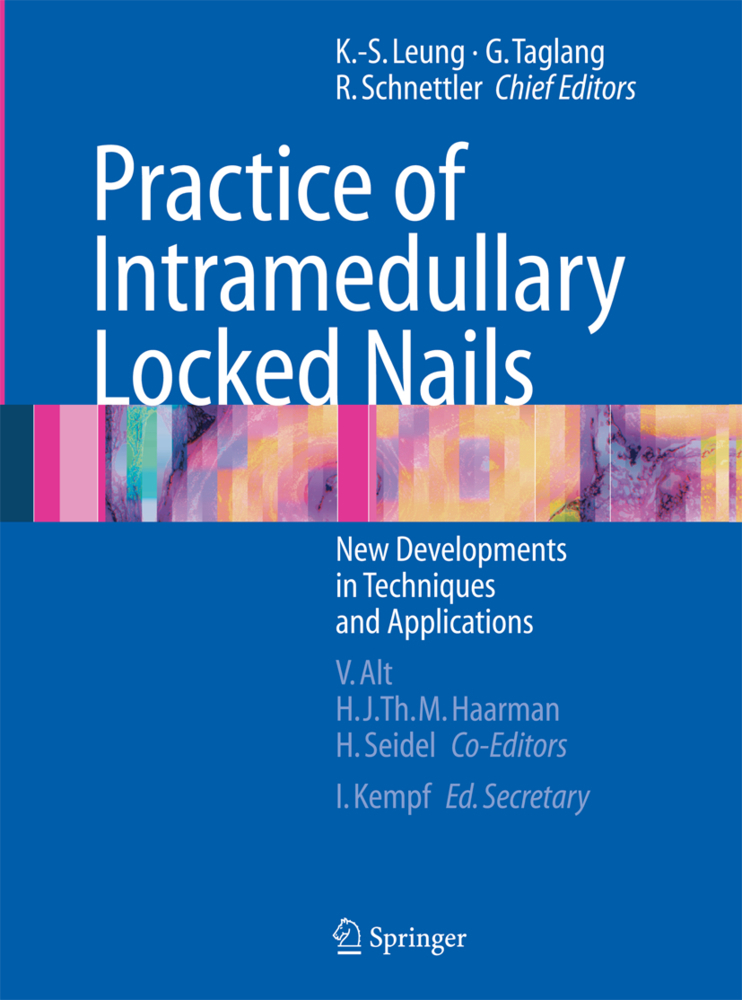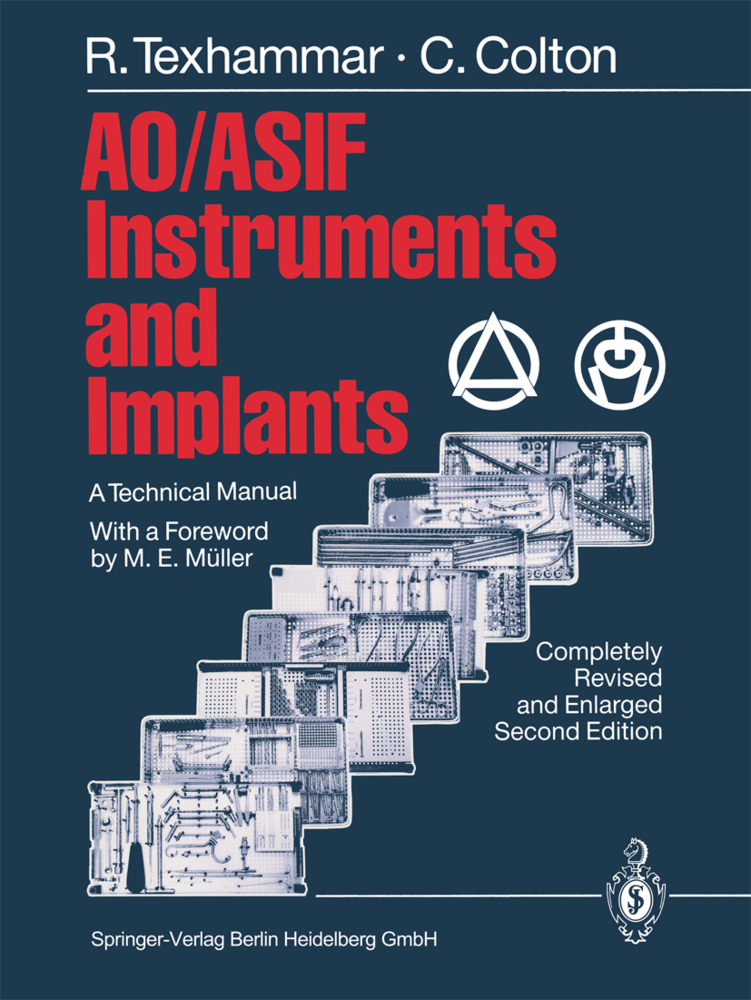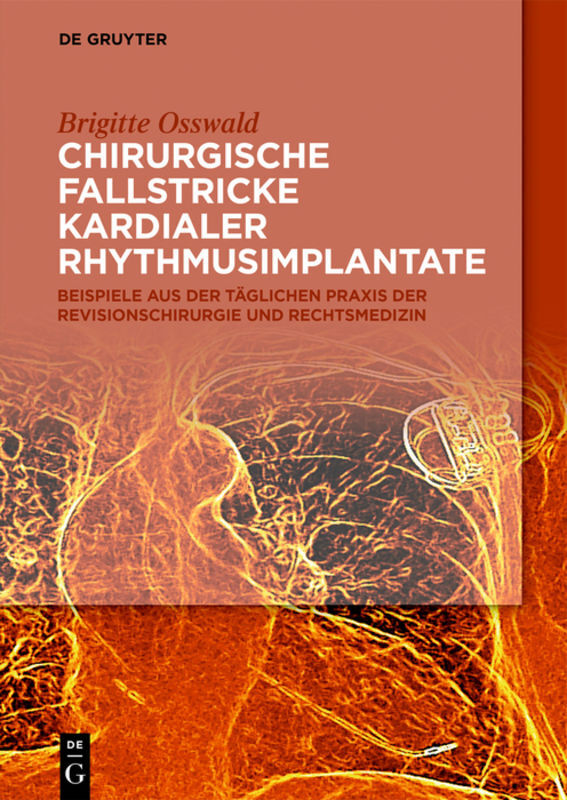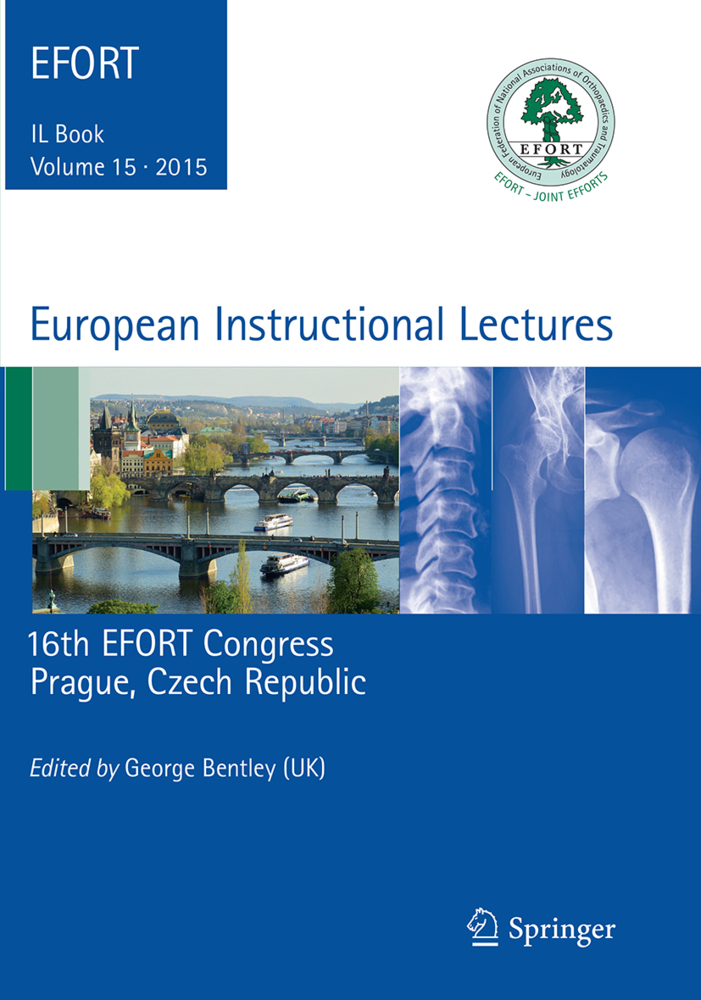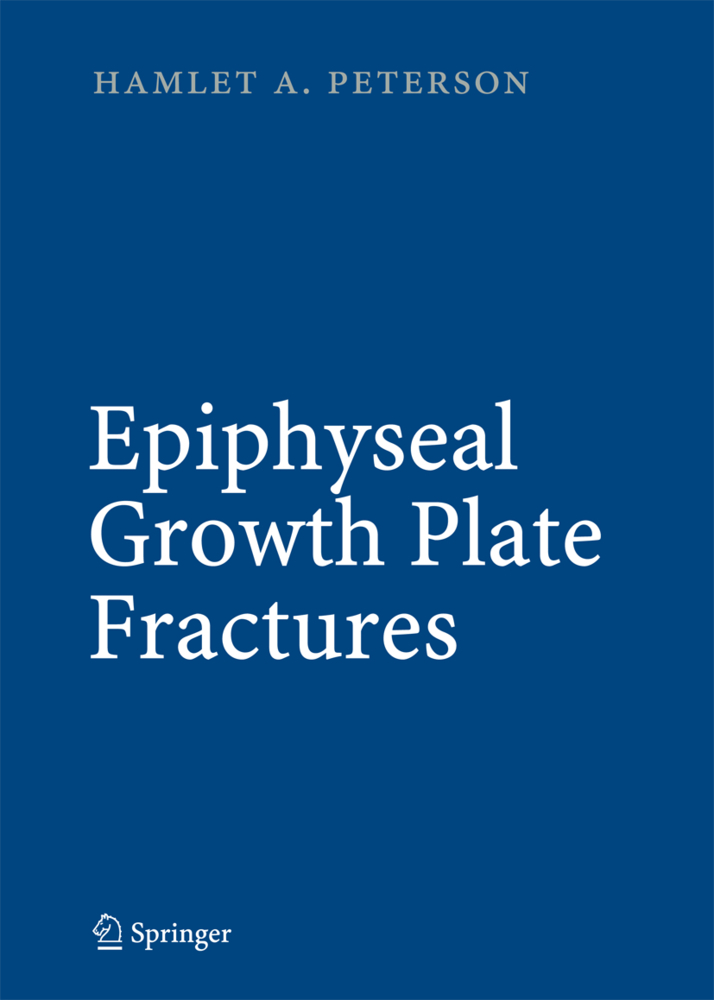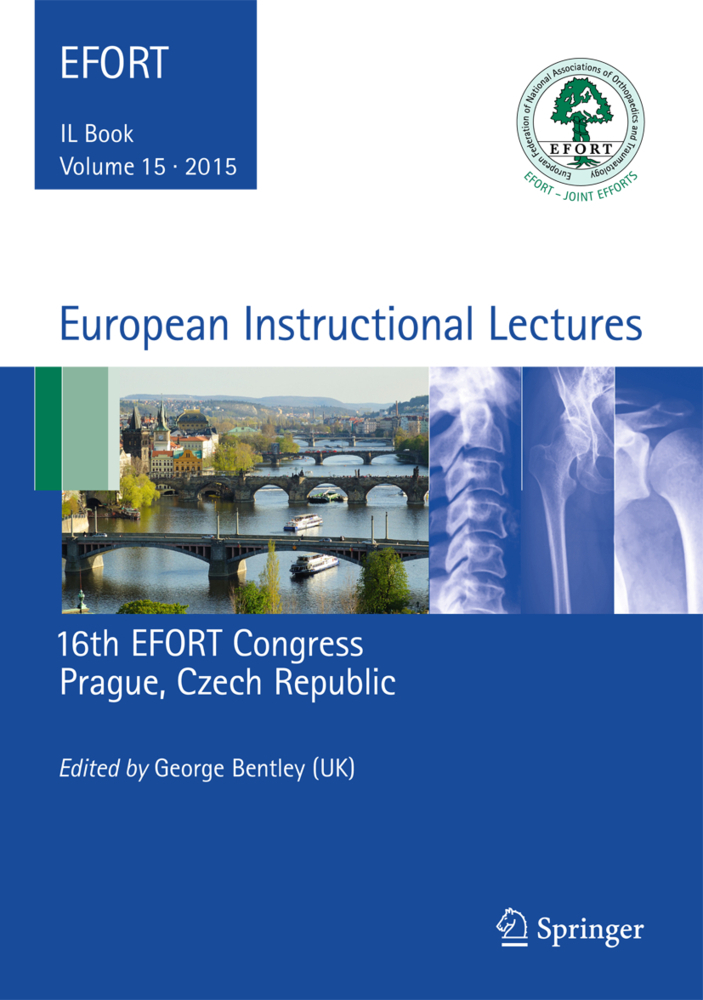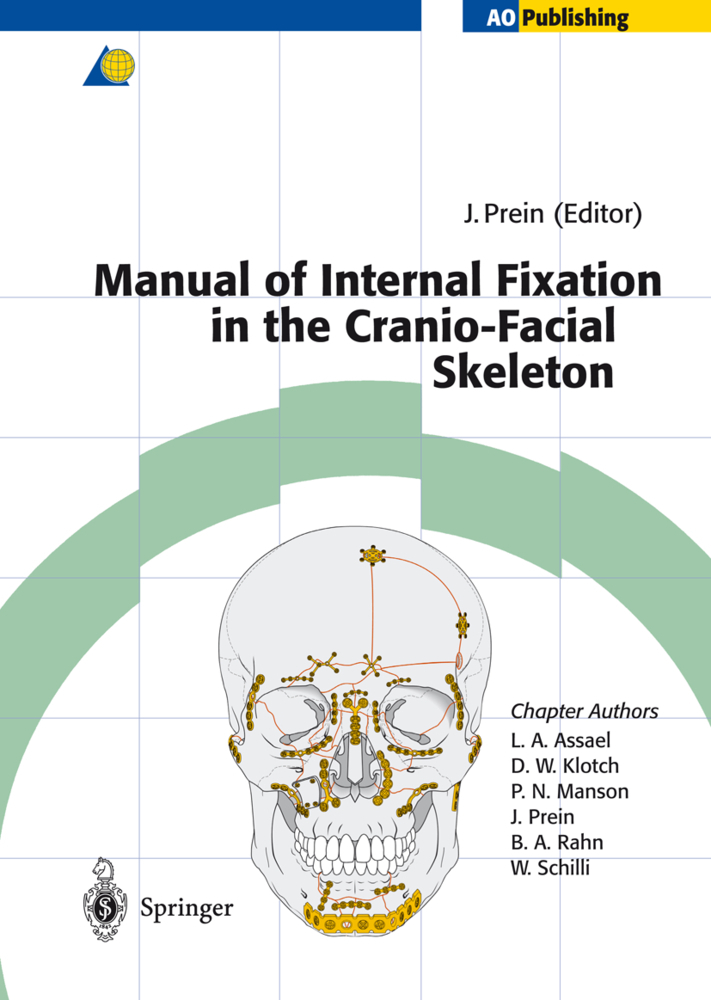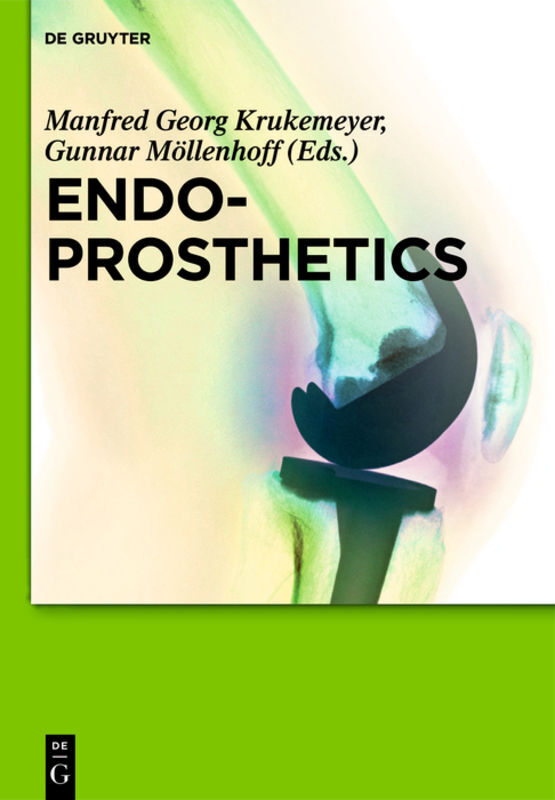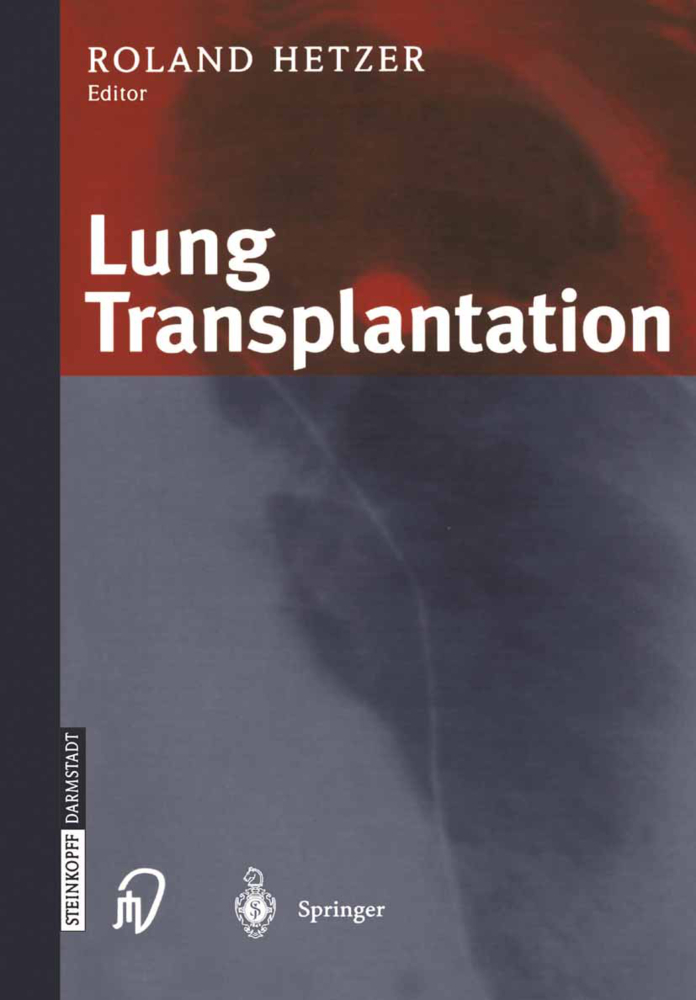Total Hip Replacement
Implantation Technique and Local Complications
Total Hip Replacement
Implantation Technique and Local Complications
"Total Hip Replacement"by Peter Ochsner and his colleagues is a unique, exem plary, instructive and valuable addition to the world ofsurgery. Shortly after taking charge of the newly established department for orthopaedic surgery in Liestal in June 1984, the new medical director, Peter E. Ochsner,decided to document alltotalhip replacement operations prospectively and then follow these up regularly over a minimum period of 10 years. The former director of the surgical clinic, Professor Hans Willenegger, had previously established a documentation secretariat. The documentation system selected by Peter Ochsner was based on the code forms A (first hospital stay) B (revision procedure) and C (follow-up) which were developed in 1984 by the MEM Institute for Documentation in Berne, each form incorporating over 400 check boxes. The forms are supplemented by the radiograph card, with affixed copies of the most important images, and the preoperative plans. New forms revised by IDES ("International Documentation and Evaluation System") and accepted by SICOT were used from 1991. With the application ofa little discipline, consistent completionofthe Aform did not prove to be a problem, provided that every operator was prepared to write the surgical report immediately after the procedure. This task took up lit tle more than 5 minutes of the surgeon's time. Follow-up planning, however, proved rather more difficult according to Peter Ochsner, although it still proved possible to invite and follow-up over 96 %ofoperatedpatients who were stillliv ing.
3 Surgical Technique
4 Postoperative Haematomas
5 Infections
6 Dislocations After Total Hip Replacement
7 Periprosthetic Fissures, Fractures and Perforations of the Proximal Femoral Shaft
8 Trochanteric Problems
9 Leg Length Discrepancies
10 Limping
11 Neurological Complications
12 Periarticular Ossification
13 Vascular Injuries
14 Pain
15 Revision Rates Due to Aseptic Loosening After Primary and Revision Procedures
16 Preoperative Briefing.
1 Documentation
2 Patient Population3 Surgical Technique
4 Postoperative Haematomas
5 Infections
6 Dislocations After Total Hip Replacement
7 Periprosthetic Fissures, Fractures and Perforations of the Proximal Femoral Shaft
8 Trochanteric Problems
9 Leg Length Discrepancies
10 Limping
11 Neurological Complications
12 Periarticular Ossification
13 Vascular Injuries
14 Pain
15 Revision Rates Due to Aseptic Loosening After Primary and Revision Procedures
16 Preoperative Briefing.
| ISBN | 978-3-540-43876-2 |
|---|---|
| Artikelnummer | 9783540438762 |
| Medientyp | Buch |
| Copyrightjahr | 2003 |
| Verlag | Springer, Berlin |
| Umfang | XXIV, 243 Seiten |
| Abbildungen | XXIV, 243 p. |
| Sprache | Englisch |

